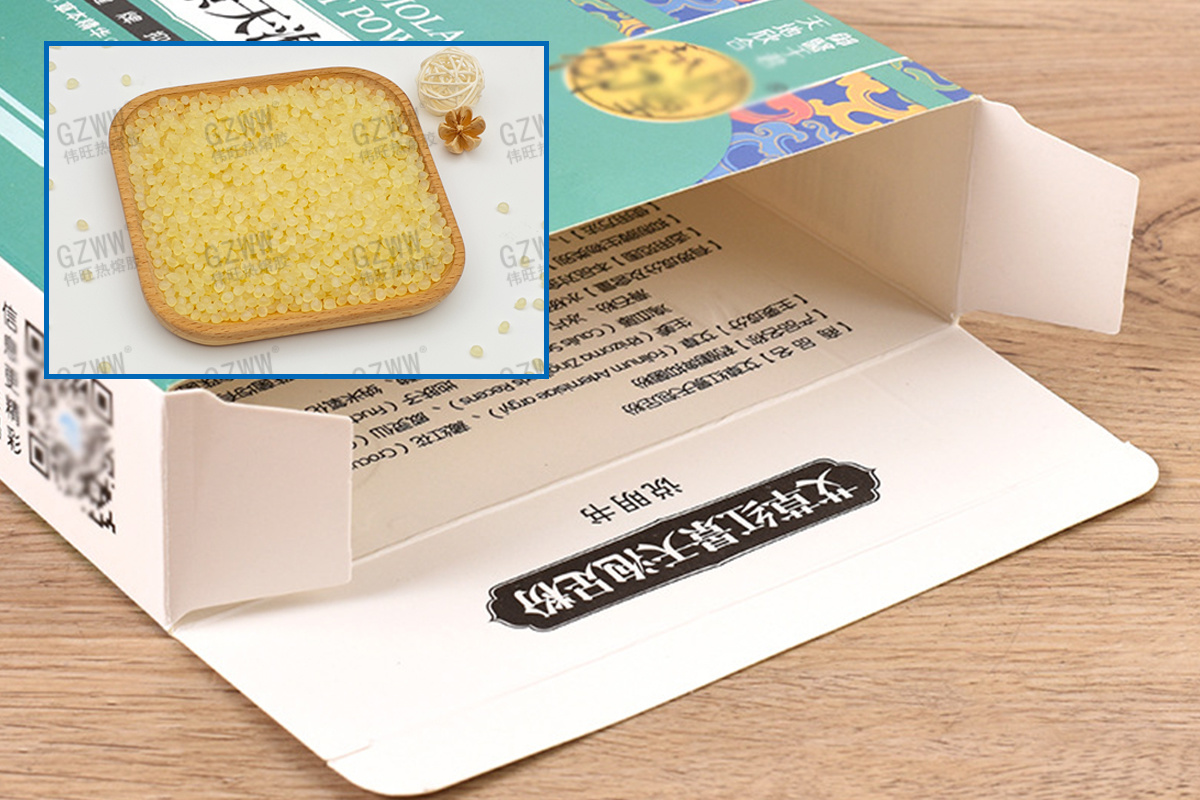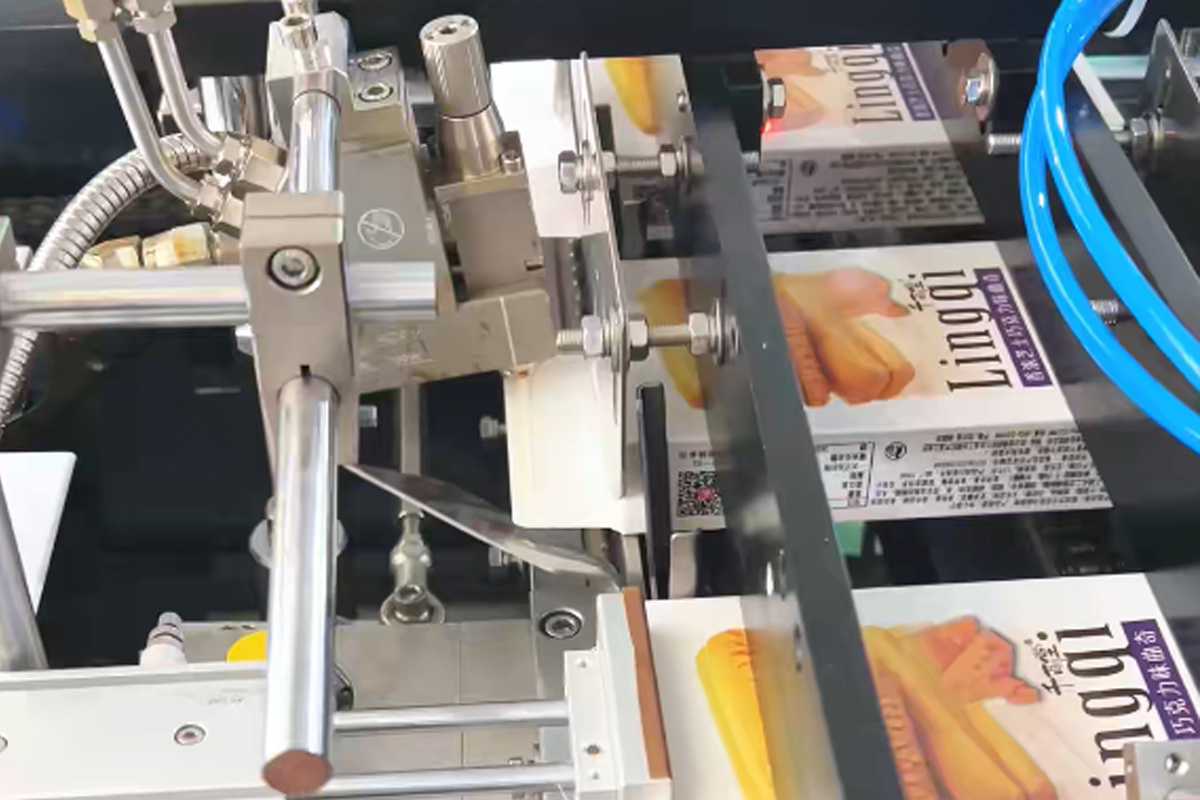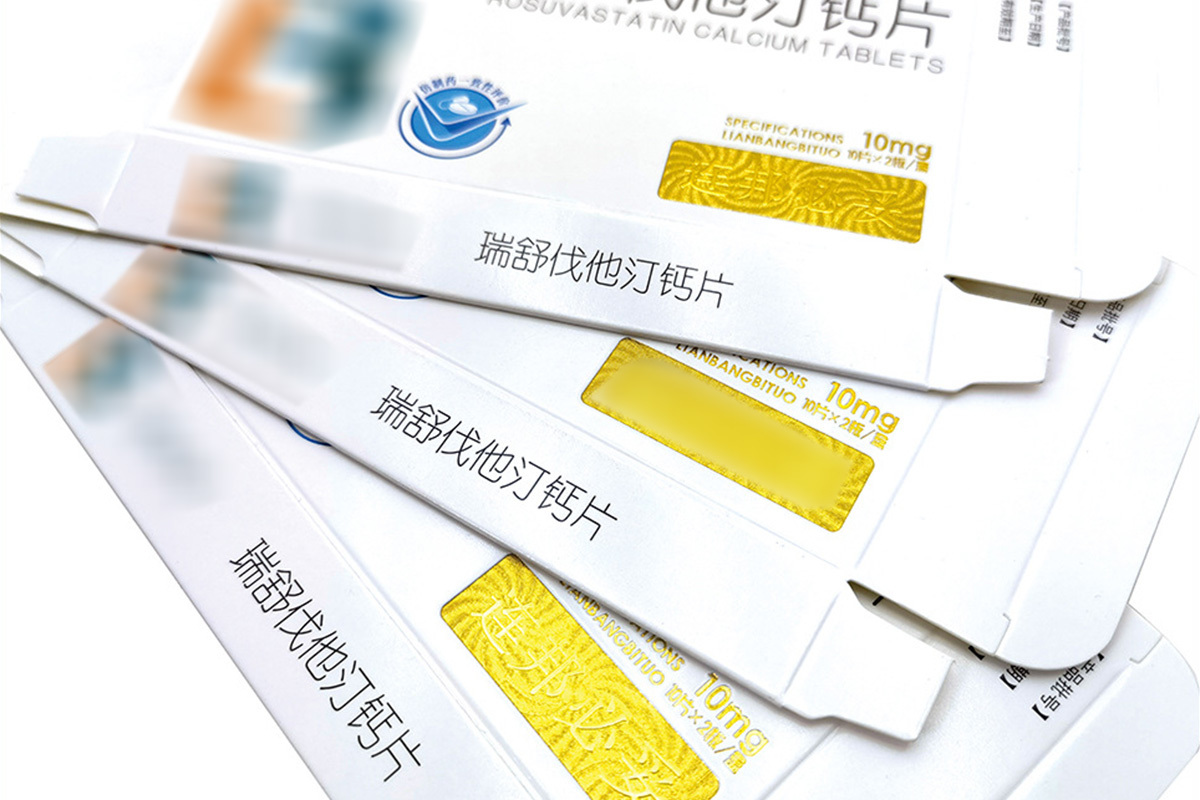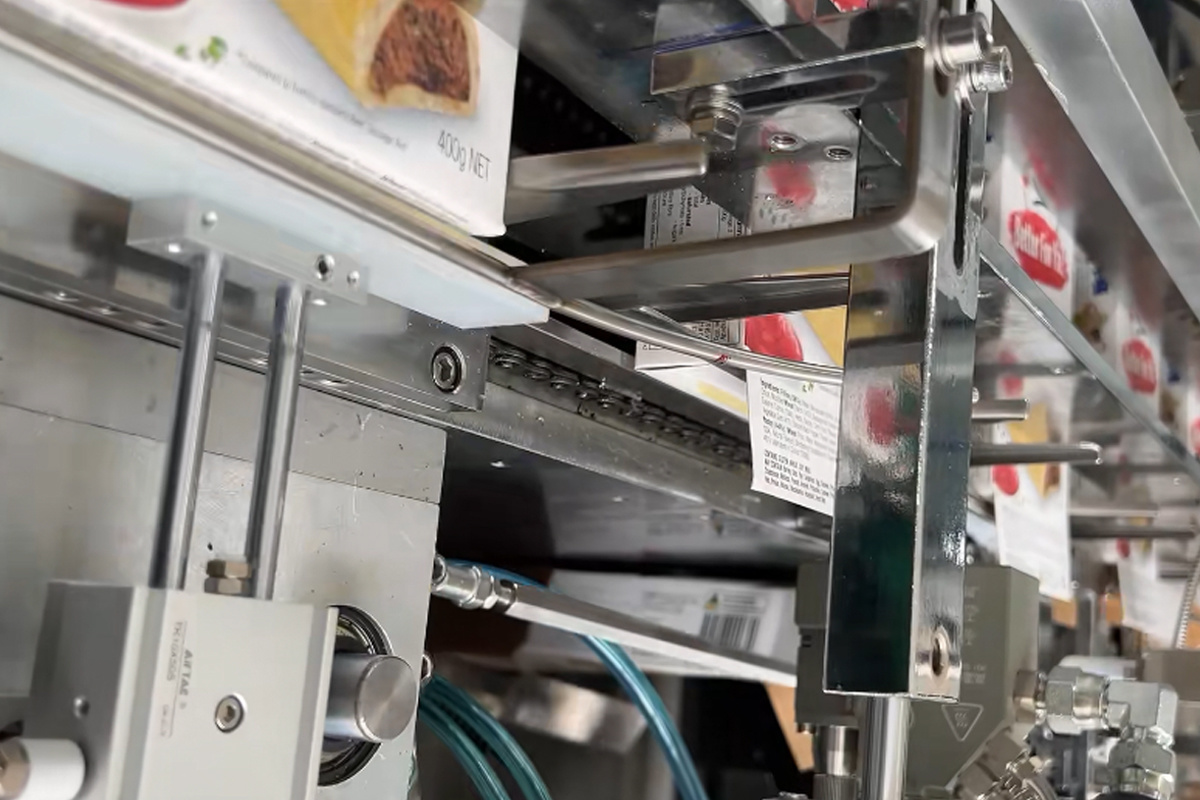Preferred Food Sealing Box Bonding: How does Hot Melt Adhesive Enhance Packaging Efficiency and Quality
Classification: Company News
Classification: Industry Information
2025-07-16
In the field of food packaging, the reliability of box sealing and bonding directly affects product preservation, transportation safety and brand image. Problems with traditional box sealing adhesives occur frequently. However, hot melt adhesives specially developed for food packaging, with their advantages of low odor, no stringing, rapid curing, strong adhesion and compatibility with multiple materials, are becoming an efficient solution for food manufacturers.

The core advantage of hot melt adhesive for sealing boxes: It precisely meets the packaging requirements of food
1. Low odor characteristics, meeting food safety standards
Hot melt adhesive is made from environmentally friendly substrates and does not contain volatile harmful solvents. It has no pungent smell when applied and no unpleasant odor remains after bonding. This not only ensures the safety of the production workshop environment but also meets the strict standards for food contact materials, avoiding the potential impact of odors on food from the source.
2. Non-brushed design ensures the cleanliness of the packaging
The hot melt adhesive achieves a neat break through a special formula. After application, there are no extra glue threads, ensuring the edge of the sealed box is smooth and clean. This not only enhances the appearance of the product but also reduces the cost of manual cleaning, solving the common problem of box surface contamination that traditional adhesives often encounter.
3. Rapid curing, accelerating the packaging assembly line
After the hot melt adhesive is heated and melted, it cures within seconds of contact with the packaging box material, without the need to wait for drying. This feature boosts the efficiency of the box sealing process by over 60%, perfectly adapting to the pace of high-speed production lines in the food industry and breaking the production capacity bottleneck caused by traditional adhesives.
4. Strong adhesive force ensures transportation safety
Hot melt adhesive can form a strong bond with various paper materials and maintains stable performance in low-temperature refrigeration or humid environments. After long-distance transportation and stacking and squeezing, food packaging boxes are less likely to crack, significantly reducing problems such as food spoilage and scattering caused by box sealing failure.
5. Multi-material compatibility, covering complex packaging requirements
Whether it is UV varnish, laminated paper boxes, or special materials such as gold card paper, silver card paper, and white card, hot melt adhesive can achieve excellent bonding. This solves the problem of weak adhesion of traditional adhesives to special surface-treated materials, meeting the diverse design and material selection requirements of food packaging.

Ii. Limitations of Traditional box Sealing Adhesives: Pain Points Restricting the upgrading of food Packaging
1. The odor and safety hazards are prominent
Traditional solvent-based adhesives have a pungent smell, which can easily penetrate into food and affect its flavor. Moreover, some of their components do not meet the standards for food contact materials, posing compliance risks. This hidden danger is even more obvious for products that are easily affected by odors, such as baked goods and snacks.
2. It is inefficient and prone to pollution
Traditional adhesives have a slow curing speed and require a large amount of drying time, which seriously slows down the pace of the packaging line. At the same time, the phenomenon of wire drawing is widespread, causing the packaging boxes to become dirty and increasing the rate of defective products, which has a significant impact on the packaging of high-end food that pays attention to appearance.
3. The problem of poor material compatibility is prominent
When dealing with smooth surfaces such as lamination and UV varnish, traditional adhesives have insufficient adhesive force and are prone to delamination. However, for special materials such as gold card paper and silver card paper, the texture of the packaging is often damaged due to corrosion problems, which limits the design and material selection of food packaging.

Iii. The Practical Value that Hot melt Adhesives bring to the Food Industry
1. Ensure food safety and reduce compliance risks
The characteristics of low odor and no harmful residues help enterprises pass food contact material tests and avoid regulatory penalties and brand reputation losses caused by packaging glue issues.
2. Enhance production efficiency and reduce overall costs
Rapid curing is suitable for high-speed production lines, reducing equipment and labor waiting costs. The non-threading feature reduces the defect rate, and the multi-material compatibility saves the time for changing glue and debugging. The overall production cost can be reduced by 15% to 20%.
3. Optimize packaging quality and enhance brand image
The clean sealing effect and strong bonding performance make food packaging both beautiful and reliable, enhancing consumers' trust in the product. It is especially suitable for high-end gift boxes, baking packaging and other scenarios that pay attention to details.

Conclusion
Hot melt adhesive for box sealing provides food manufacturers with a safe, efficient and stable box sealing solution by addressing the pain points of traditional adhesives. Whether it's baking gift boxes, snack packaging or frozen food boxes, they can all meet the needs with their multiple advantages. As a professional hot melt adhesive manufacturer, we are committed to providing customized products to help food enterprises enhance packaging efficiency and quality, and gain an edge in market competition.



